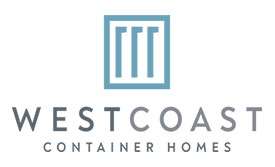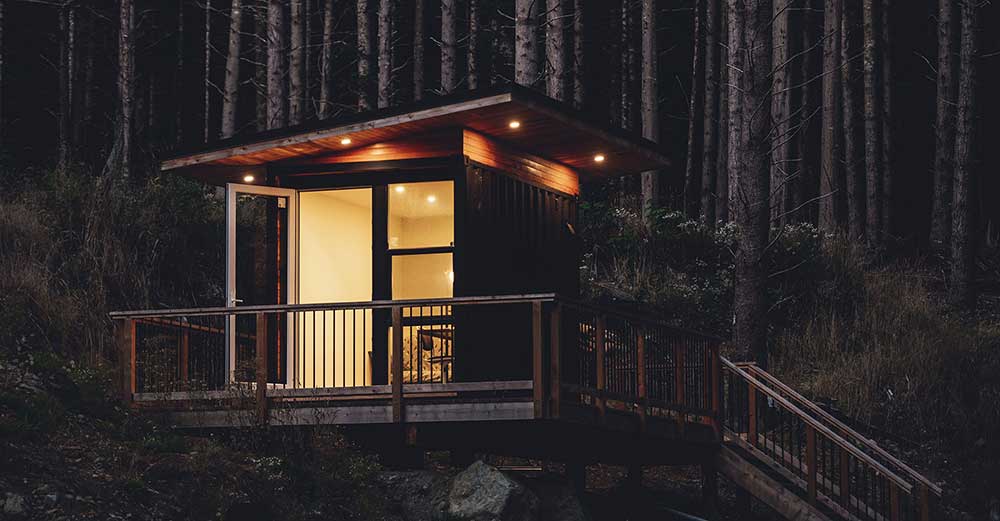
Prefab Homes: The Basics
Prefab—short for prefabricated—refers to a construction method where components of a building are manufactured off-site and then transported to the construction location for assembly. This approach is renowned for its efficiency, cost-effectiveness, and reduced construction time.
Prefab homes are built in sections, or modules, in a controlled environment. These modules are then transported to the site, where they’re assembled to form the complete structure. This method minimizes weather-related delays and ensures a more efficient construction timeline.
Prefab homes often provide a higher degree of customization compared to traditional construction. Clients can choose from a variety of design options, finishes, and materials to personalize their homes according to their preferences.
The controlled environment they are built in reduces the chances of material waste and labour inefficiencies, resulting in cost savings. Prefab homes are generally more affordable than traditional construction, making them an attractive option for budget-conscious homeowners.
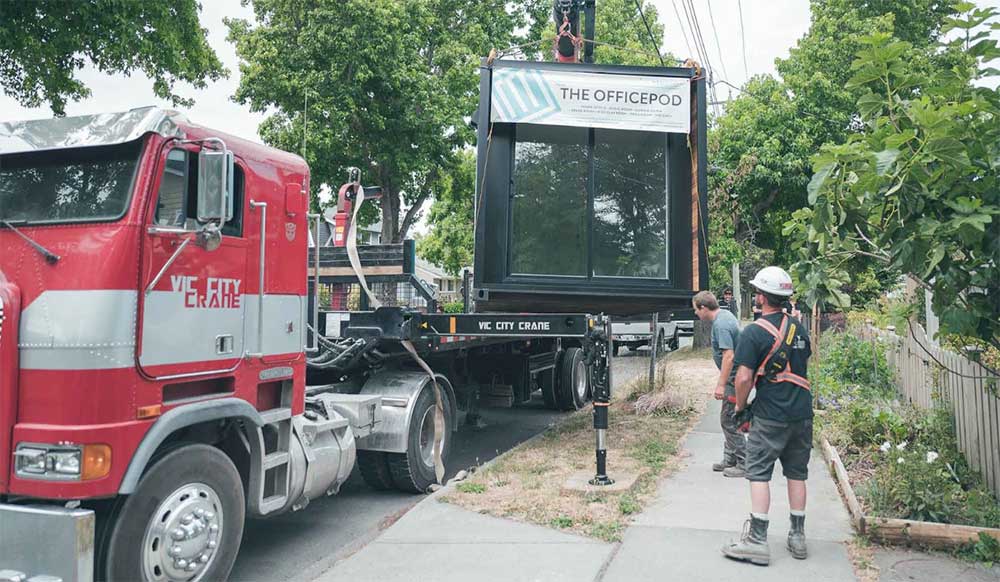
Modular Homes: Unraveling the Framework
Modular homes, while sharing some similarities with prefab homes, have distinct characteristics that set them apart. Like prefab homes, modular construction involves assembling components in a controlled setting, but the approach to transportation and assembly differs.
Modular homes are built in modules, similar to prefab homes. However, what distinguishes modular construction is the ability to stack and arrange these modules in various configurations to create a wide array of designs. This flexibility allows for greater architectural diversity.
Once the modules are constructed, they are transported to the site and assembled to create the final structure. The stacking and arranging of these modules on-site allow for a faster construction process, making modular homes a popular choice for those seeking quicker occupancy.
Modular homes boast a high level of design flexibility. The ability to configure modules in different ways allows for a variety of layouts, styles, and sizes. This adaptability makes modular homes suitable for a broad range of preferences and locations.
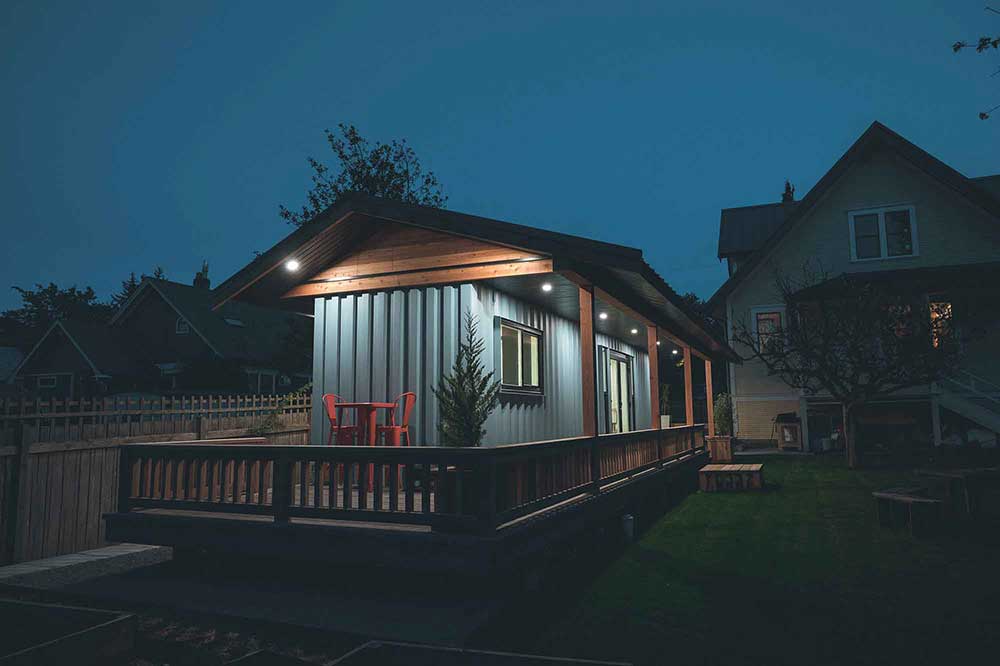
The Advantages of Container Homes
Container homes repurpose shipping containers, transforming them into habitable spaces. By upcycling these steel structures, container homes contribute to the reduction of waste and the conservation of resources. For environmentally-conscious individuals, this sustainable approach aligns with the growing movement towards eco-friendly living.
Shipping containers are designed to withstand harsh conditions at sea, making them inherently durable. The robust steel structure of containers ensures longevity, providing homeowners with a residence that can withstand various environmental challenges, from extreme weather to seismic activity.
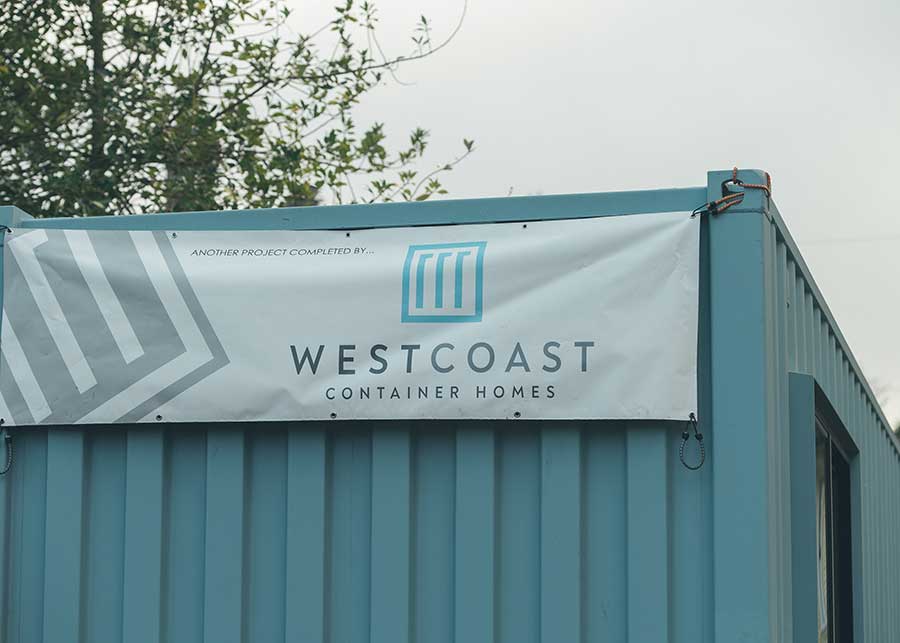
Key Considerations for Prospective Homeowners
Going for a prefab, modular, or container home project? Knowing and following your local construction laws is important. These rules are not the same everywhere and can affect how you build.
Where you’re going to build matters too. You’ll need to weigh up whether a prefab or a modular home suits your land. You have to really look at the shape and layout, the type of ground, and how easy it is to get to your site. All these help in making a smooth, fast construction job.
When it comes to finding your dream home, it’s essential to know the ins and outs of prefab and modular housing. At West Coast Container Homes, we get that navigating these options can be confusing, so we’re here to break it down. We want you to feel confident in choosing the style that suits your taste, budget, and eco-friendly mindset. Whether you’re into the streamlined efficiency of prefab homes or the creative freedom of modular ones, container homes are a fantastic pick for anyone wanting a modern and sustainable living space. Check out the container home living solutions we have created in our Pod gallery.
